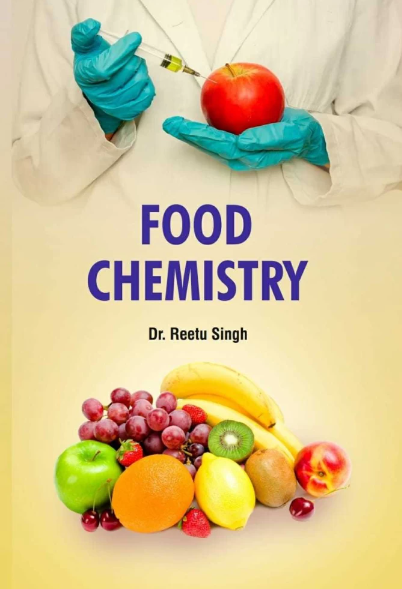Microbial catabolism of coffee pulp (poly)phenols during in vitro colonic fermentation
IF 8.5
1区 农林科学
Q1 CHEMISTRY, APPLIED
引用次数: 0
Abstract
Coffee pulp is a by-product characterized by its richness in phenolic compounds. This study examined the catabolism of (poly)phenols in digested coffee pulp flour (CPF) and extract (CPE) during in vitro colonic fermentation. After a simulated gastrointestinal digestion, samples were fermented using human microbiota and (poly)phenol transformations were analyzed by UHPLC-ESI-MS/MS. Digested CPF and CPE contained high amounts of phenolic acids, notably 3′,4′-dihydroxycinnamic (99.7–240.1 μmol 100 g−1) and 3,4-dihydroxybenzoic acid (174.1–491.4 μmol 100 g−1). During the in vitro fecal fermentation, phenylpropanoic acids (1.5- to 2.6-fold), phenyl-γ-valerolactones (1.3- to 23-fold), phenylvaleric acids (1.1- to 2-fold) and benzene derivatives (1.5-fold) increased; while benzoic and cinnamic acids, cinnamoylquinic derivatives, flavonols, benzaldehydes and diphenylpropan-2-ols decreased. The (poly)phenols in CPF were catabolized more slowly than in CPE, suggesting protection of the fibrous matrix against phenolic degradation. Coffee pulp may be a promising food ingredient rich in (poly)phenols contributing to the prevention of intestinal diseases.
咖啡浆(多)酚在体外结肠发酵过程中的微生物分解作用
咖啡浆是一种副产品,其特点是富含酚类化合物。本研究考察了消化咖啡浆粉(CPF)和提取物(CPE)在体外结肠发酵过程中的(多)酚分解情况。在模拟胃肠道消化后,利用人体微生物群对样品进行发酵,并通过超高效液相色谱-电喷雾离子质谱/质谱分析(多)酚的转化。消化后的 CPF 和 CPE 含有大量酚酸,尤其是 3′,4′-二羟基肉桂酸(99.7-240.1 μmol 100 g-1)和 3,4- 二羟基苯甲酸(174.1-491.4 μmol 100 g-1)。在体外粪便发酵过程中,苯丙酸(1.5-2.6 倍)、苯基-γ-戊内酯(1.3-23 倍)、苯基戊酸(1.1-2 倍)和苯衍生物(1.5 倍)增加;而苯甲酸和肉桂酸、肉桂酰奎宁酸衍生物、黄酮醇、苯甲醛和二苯基丙-2-醇减少。与 CPE 相比,CPF 中的(多)酚分解速度更慢,这表明纤维基质具有防止酚类降解的保护作用。咖啡浆可能是一种富含(多)酚的有前途的食品配料,有助于预防肠道疾病。
本文章由计算机程序翻译,如有差异,请以英文原文为准。
求助全文
约1分钟内获得全文
求助全文
来源期刊

Food Chemistry
工程技术-食品科技
CiteScore
16.30
自引率
10.20%
发文量
3130
审稿时长
122 days
期刊介绍:
Food Chemistry publishes original research papers dealing with the advancement of the chemistry and biochemistry of foods or the analytical methods/ approach used. All papers should focus on the novelty of the research carried out.
 求助内容:
求助内容: 应助结果提醒方式:
应助结果提醒方式:


